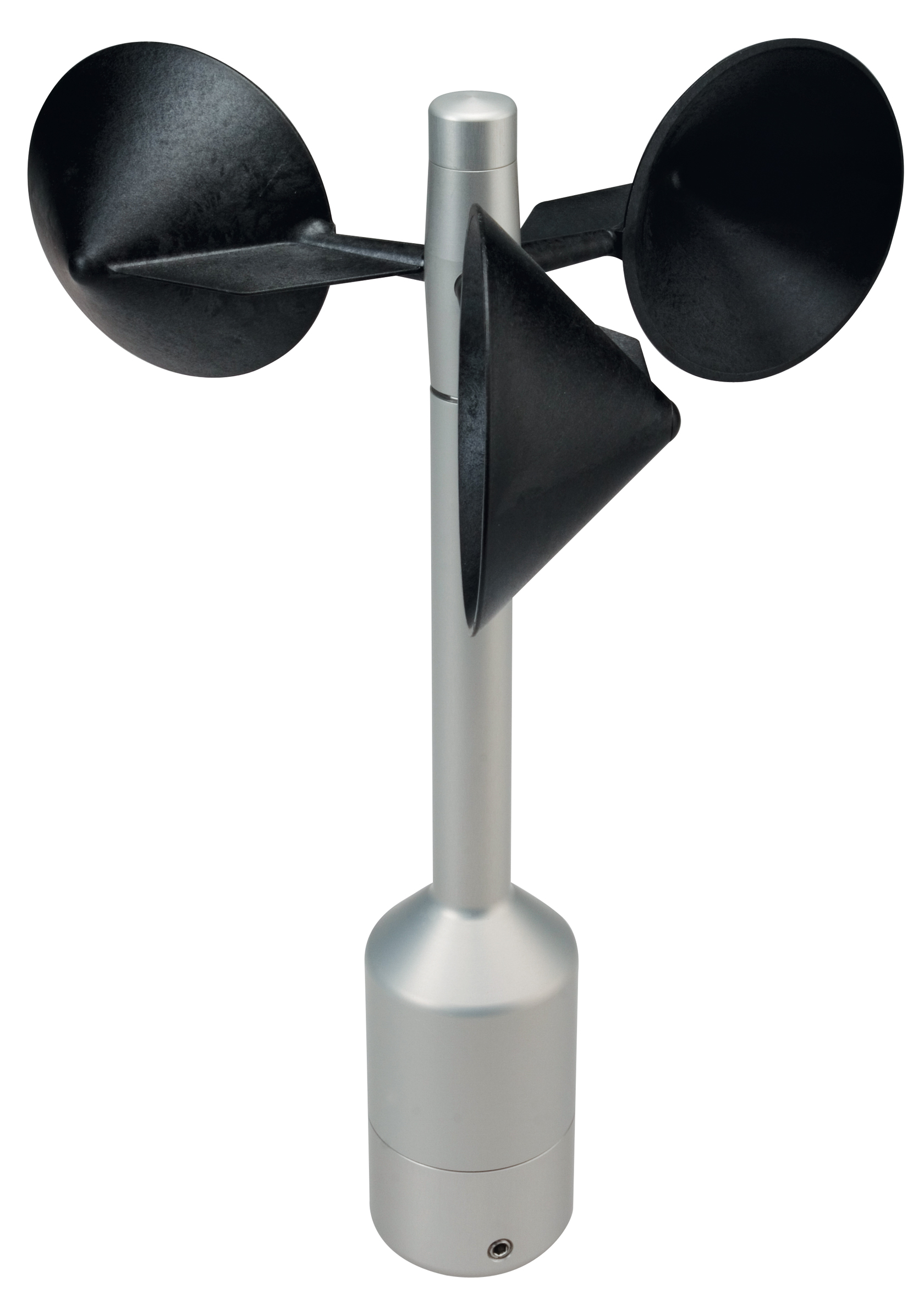Why an Anemometer is Important for Your Environmental Data Collection
Why an Anemometer is Important for Your Environmental Data Collection
Blog Article
Exploring the Functions and Advantages of Anemometers for Climate Fanatics and Specialists
From mug anemometers to sonic anemometers, each type brings its unique set of benefits and applications, shedding light on numerous aspects of climatic conditions. As we dive into the features and benefits of anemometers, a much deeper understanding emerges not just of prevailing climate phenomena but likewise of the broader ramifications for industries like wind power production and ecological research.
Value of Anemometers in Weather Surveillance
Anemometers play a crucial role in weather condition tracking by supplying exact dimensions of wind speed, assisting in projecting and understanding climate patterns. These tools, ranging from typical cup anemometers to modern ultrasonic anemometers, are essential for meteorologists, scientists, and weather condition lovers alike.

Sorts Of Anemometers and Their Applications
With the vital role anemometers play in weather surveillance and projecting, recognizing the numerous types of these instruments and their applications becomes crucial for specialists and lovers in the field. The most typical sorts of anemometers include mug anemometers, vane anemometers, hot-wire anemometers, and ultrasonic anemometers. Cup anemometers include 3 or four mugs installed on horizontal arms that revolve with the wind, determining its speed. Vane anemometers, on the various other hand, use a freely rotating vane to align with the wind instructions, supplying both wind speed and instructions measurements. Hot-wire anemometers operate based upon the principle of convective warm transfer, where the cooling effect of the air circulation is measured to establish wind speed. Ultrasonic anemometers make use of ultrasonic acoustic wave to calculate wind rate and direction precisely.
Cup anemometers are robust and appropriate for basic weather monitoring, while vane anemometers are favored for directional measurements. Ultrasonic anemometers are non-intrusive and use high accuracy, often utilized in study and specialized climate tracking applications.
Benefits of Utilizing Anemometers in Projecting
In weather forecasting, the application of anemometers supplies very useful benefits for improving the accuracy of weather forecasting. Anemometers gauge wind rate and direction, offering essential data for forecasting weather patterns. By including wind information into forecasting designs, meteorologists can better understand the activity of weather condition systems, anticipate adjustments in weather, and issue extra exact projections.
In addition, anemometers play a crucial function in assessing possible weather condition hazards. Monitoring wind rates helps forecasters forecast serious weather occasions such as typhoons, tornadoes, and wintertime storms with better accuracy. This very early warning system makes it possible for authorities to issue prompt notifies and apply required safety procedures, reducing the dangers to life and home.
Additionally, anemometers help in maximizing renewable resource production. By examining wind patterns, meteorologists can identify suitable areas for wind ranches and predict power result, contributing to the effective generation of wind power.

Anemometers in Wind Power Manufacturing
Given the vital function anemometers play in giving exact wind data for weather forecasting and risk evaluation, their relevance reaches the world of wind power manufacturing. Anemometers are essential instruments in the field of wind energy, where the measurement their website of wind speed and direction is crucial for figuring out the expediency and effectiveness of wind generator setups. By precisely determining wind rates at varying heights, anemometers help optimize the placement and design of wind generators to take full advantage of energy output.
In wind farms, anemometers are strategically placed to accumulate real-time wind information that is made use of to examine the prospective energy production of a website. learn the facts here now This information contributes in figuring out the financial practicality of wind energy projects and in forecasting energy generation to ensure grid security. Furthermore, anemometers aid in monitoring wind problems to maximize wind turbine performance, protect against damages from high winds, and guarantee the safety of employees functioning in the area of wind generators.
Enhancing Climate Comprehending With Anemometers

Anemometers play a crucial function in enhancing our understanding of microclimates. These localized climate conditions can differ considerably from wider local projections, making it necessary to have precise data for specific locations. anemometer. By tactically putting anemometers in various locations, scientists can gather comprehensive information on just how wind behaves in different surfaces, metropolitan atmospheres, or bodies of water
Moreover, anemometers add to enhancing weather projecting designs by offering real-time information on wind habits. This information is specifically useful for predicting extreme weather condition events, maximizing farming methods, and supporting sectors like aviation and maritime navigating. In general, anemometers are important tools that enable us to dive deeper right into the official site complexities of weather systems, inevitably resulting in even more precise forecasts and better-informed decisions.
Conclusion
In verdict, anemometers play an important function in climate surveillance and forecasting by measuring wind speed and direction. Anemometers likewise have applications in wind power manufacturing, more highlighting their value in both meteorology and renewable energy industries.
From cup anemometers to sonic anemometers, each type brings its distinct set of applications and advantages, losing light on numerous facets of climatic problems. These tools, varying from typical mug anemometers to modern-day ultrasonic anemometers, are crucial for meteorologists, scientists, and weather fanatics alike. The most usual types of anemometers consist of mug anemometers, vane anemometers, hot-wire anemometers, and ultrasonic anemometers. Mug anemometers are ideal and robust for basic weather tracking, while vane anemometers are preferred for directional dimensions. Anemometers are necessary tools in the field of wind energy, where the measurement of wind speed and instructions is crucial for identifying the feasibility and efficiency of wind generator installments.
Report this page